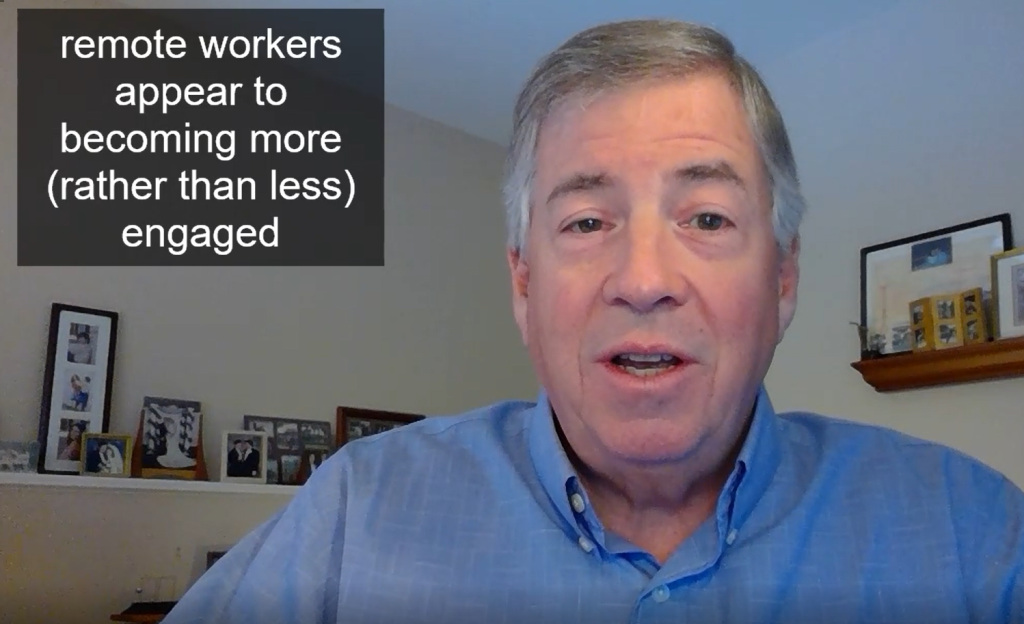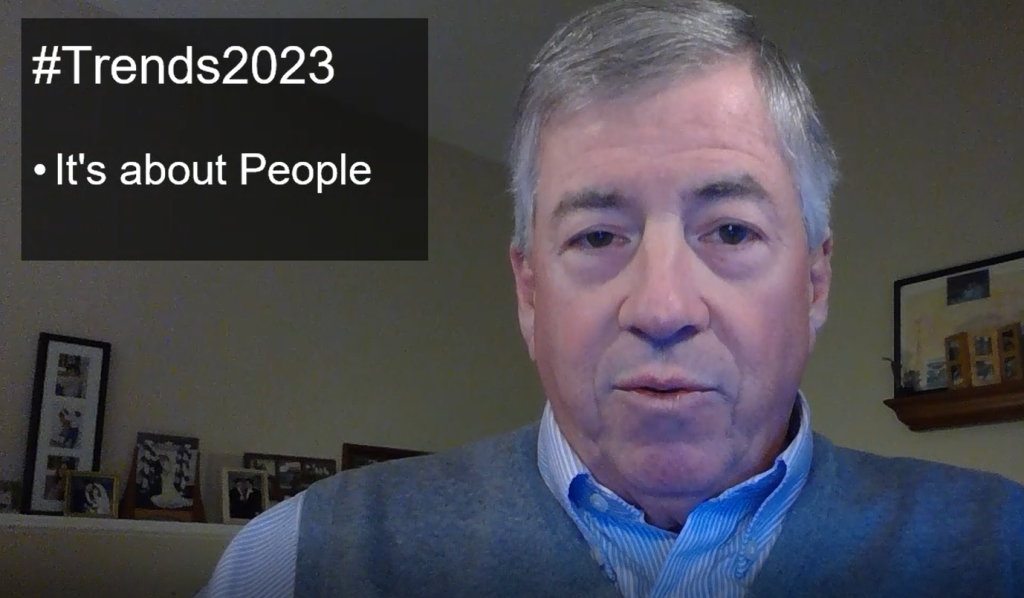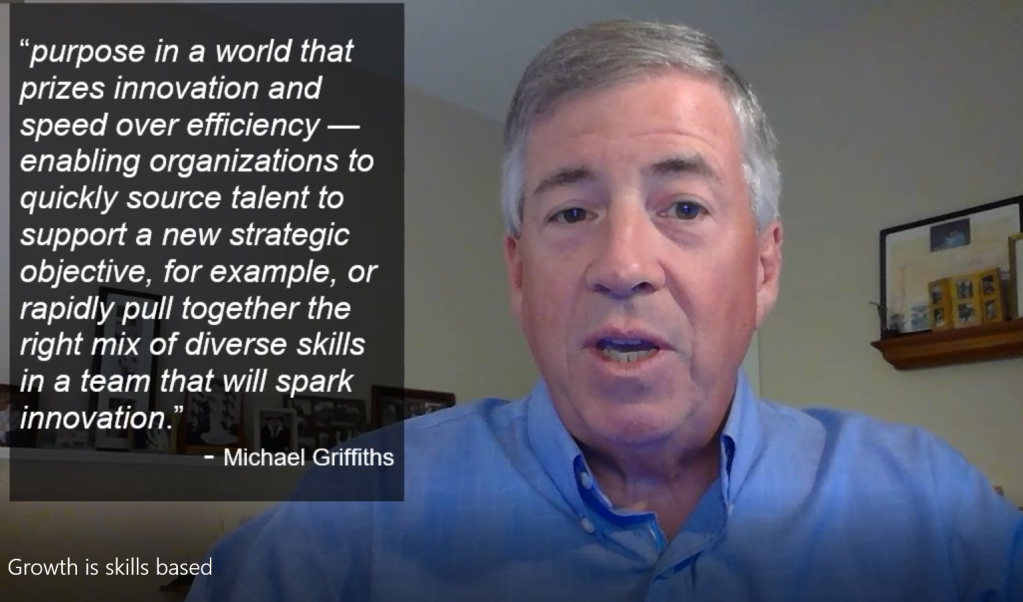How to Build Trust and Autonomy in Your Remote Team
From not commuting to a walk outside at lunch, many of us have embraced new levels of flexibility in our schedules and lives. Working remotely and as a hybrid worker has brought new challenges for leaders especially about building trust and autonomy and making sure everyone’s aligned towards the same goals and delivering quality work without micromanaging or losing touch?
Check out this video where I share tips around building trust, fostering collaborative teams, and developing a culture of curiosity (you know teammates are learning when they’re finding out the answers to problems, right?). We still need schedules, due dates, and measurement criteria but if you want better results and more engaged workers then focus on the work process more than the place and time it’s being done. Let’s talk more about how you can use them for your benefit, let’s have a zoom-coffee so we can keep smiling, and learning, together! And if you have any stories that support the notion that we value autonomy, being able to “control what you do, where you do it, when you do it and who you do it with”, I’d love to hear them too! I’ll bring some coffee…
Use the contact button above or visit our web site!











